Attendees at UCD’s Charles Institute Seminar Series heard a presentation by Prof Timothy O’Brien on translational research into mesenchymal stromal cells and its potential for wound-healing in diabetes.
The Charles Institute, Ireland’s national dermatology research and education centre, hosts a range of guest speakers who cover a variety of topics ranging from skin cancer to psoriasis, among many others. The series, which is sponsored by RELIFE (part of the A.Menarini group), is designed to provide expert advice from a range of distinguished national and international experts in their respective fields and is chaired by Prof Desmond Tobin, Full Professor of Dermatological Science at UCD School of Medicine and Director of the Charles Institute of Dermatology. The seminars are broadcast to attendees with a special interest in dermatology and cutaneous science in other locations, who access the talks remotely via an audio-visual link.
The seminars are held using a hybrid model, combining in-person attendance with interactive online access.

Attendees heard a presentation by Prof Timothy O’Brien of National University of Ireland Galway, who presented on the topic, ‘Therapeutic Potential for Mesenchymal Stromal Cells for Diabetic Complications: Translational Pathway in the EU and Manufacturing Considerations’. Among a range of other distinctions, Prof O’Brien was on faculty at the Mayo Clinic in the US until his return to Ireland in 2001, when he became Established Professor of Medicine and Consultant Endocrinologist in Galway. He is also responsible for establishing the Regenerative Medicine Institute (REMEDI) and is founder-Director of Orbsen Therapeutics and has led on EU consortia that have resulted in early-stage clinical trials.
Prof O’Brien has undertaken pre-clinical research into the use of mesenchymal stromal cells (MSCs) in complications related to diabetes mellitus, with a view to using these data in regulatory submissions for early-stage trials. He focused his talk on the translational aspects of MSCs and outlined the pathway from pre-clinical research, to regulatory submissions and early-stage trials, with an emphasis on cell manufacturing and EU regulations.
Capacity
Prof O’Brien provided an overview of the isolation and culture of MSCs, including adherence to the culture dish, and MSCs’ mechanism of action. MSCs have the capacity to become bone, cartilage or fat because of their differentiation capacity, said Prof O’Brien. However, MSCs also act through paracrine mechanisms via the secretion of healing and reparative substances.
He provided an overview of the manufacturing process for MSCs and presented Phase 1b clinical research results on intramuscular autologous MSC delivery in patients with critical limb ischaemia with no option for revascularisation. “In terms of macrovascular complications, I can say that this is safe, with no evidence of treatment-related adverse events,” Prof O’Brien told the seminar. “There were karyotypic abnormalities in the cells obtained from three out of the eight patients, although there were difficulties in expanding to the required numbers of cells. While there was a small number of patients, there is a trend towards improvement in rest pain, with some having pain resolution from a state of opiate dependence.”
We are going to look at what are the factors secreted by these cells that could be modulating pain
Pain relief is observed in many MSC studies, including studies on osteoarthritis undertaken by his colleague at REMEDI, Prof Frank Barry. “We are going to look at what are the factors secreted by these cells that could be modulating pain,” said Prof O’Brien. Another noteworthy observation was the delay in cell administration in this autologous trial due to the need to grow the cells after the patient presents with CLI. “As some patients had disease deterioration while waiting for cell expansion, allogenic approaches for CLI may be more suitable.”
He also briefly described the REDSTARR study, which used rabbit models to look at whether MSC/stromal cells can safely treat six diabetic complications. “We found that wounds in this study treated with human CD362+ MSCs [mixed with a three-dimensional wound conforming matrix] showed an increased percentage of wound closure when compared with untreated wounds or matrix-treated wounds alone,” Prof O’Brien told the attendees. “In the present REDSTARR study, increased blood vessel formation was observed within the wound bed in the wound-conforming matrix/CD362+ cell treatment and the wound-conforming matrix groups alone. The beneficial effects included improved wound-closure, better surface density, length density, and radial diffusion.” The wound-conforming matrix, he explained, is a GMP-grade collagen manufactured in Scotland. A phase 1b clinical trial has been undertaken, with results due to be published in the journal Stem Cell Research and Therapy.
His group are currently collaborating on the development of cell culture conditions using macromolecular crowding with Prof Dimitrios Zeugolis at the Charles Institute. “We have identified that MV carrageenan is a functional crowder for hUC-MSC culture, and determined the optimimal conditions to enhance extracellular matrix deposition,” Prof O’Brien observed. “The hU-MSCs captured with 50μg/ml MV carrageenan significantly increased the ECM (collagen type I, III, IV, laminin and fibronectin) deposition and maintained the cell viability, proliferation and metabolic activity.
“50μg/ml MV carrageenan did not change the expression of MSC surface markers and immune phenotype markers after three days in culture, and we plan to study this technique in vivo,” he added.
Challenges
In cell therapy for wound-healing, Prof O’Brien told the seminar that hUC-derived MSCs have low immunogenicity in clinical application, and secrete growth factors and cytokines with anti-inflammatory and anti-fibrotic effects. However, he also outlined the challenges in establishing a pre-clinical model of wound healing. These include: Healing by contraction in some pre-clinical models, but not in humans; it is important to maintain splints attached to the skin at all times to prevent contraction; there is difficulty in measuring the real percentage of wound closure due to the presence of scabbing; there is evidence of re-epithelialisation in control mice; and scaffolds used to deliver cells complicate analyses.
However, once these challenges can be overcome, MSCs have considerable potential to advance the wound-healing field and ultimately allow better outcomes for patients with diabetes mellitus. He gave the attendees an overview of the current GMP manufacturing process and facilities, including validation requirements. Prof O’Brien also outlined his current research initiatives, including data that have yet to be published. He told the seminar: “[Research on] the clinical efficacy and toxicology for diabetic microvascular and macrovascular complications in clinical trials is underway, and all this is happening in parallel with development of the cell manufacturing process.
“The issues [typically faced] in MSC manufacturing in clinical trials include those related to the source — do we use bone marrow; should it be autologous or allogeneic? Do we use sort or bulk manufactured cells; and the homogeneity of the starting material [is also a consideration]. We also have to think about how we sort, for example, MACS vs FACS,” he said. “We also have to consider flask vs bioreactor expansion, passage and population doubling, xeno-free manufacture, automation, and the cost of the goods themselves.”
Diabetic foot
During a lively Q&A session and clinical discussion following the presentation, Prof Tobin spoke about diabetic foot ulcers, non-healing chronic wounds, and the risk that these can become colonised or infected with bacteria. “It seems that one can only start out [in wound healing studies] with a non-infected wound and a clean environment,” he said. “I wonder if an experiment could be devised to look at the impact of MSCs on either skin commensals, or equally, on some of the pathogenic bacteria strains. If these MSCs are so immature and undifferentiated, they may potentially secrete a whole raft of different immune modulators, including some that may be antimicrobial, for example.”
Prof O’Brien responded: “We have a HRB Collaborative Doctoral Award received two years ago to study the diabetic foot, and we had six PhD students working on various aspects of the diabetic foot, from prevention through to treatment… in one project, they have actually grown bacteria from the surface of diabetic wounds and were looking at the antibacterial properties of MSCs. MSCs are now being studied in the treatment of sepsis and ARDS — Orbsen Therapeutics has just finished a trial on Covid-related acute lung injury in patients throughout the UK… the important thing is that you try to apply the technology in properly-designed trials.”
Prof Tobin remarked on how immature cells have an almost “primordial relationship with the microbiome”, whereas more differentiated cells may not.
“There was a human study in Copenhagen where the exclusion criteria included an infected foot,” Prof O’Brien commented. “It is interesting to think that some day, that would be an inclusion criterion.”
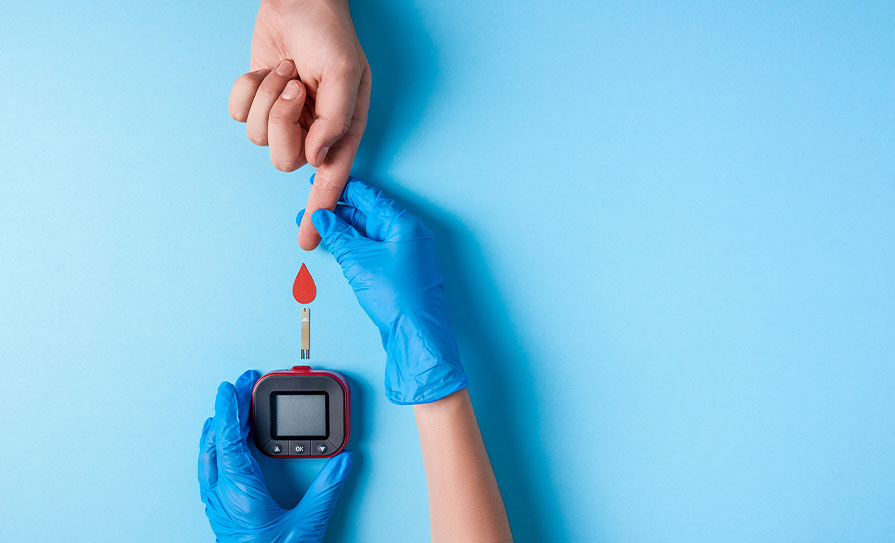
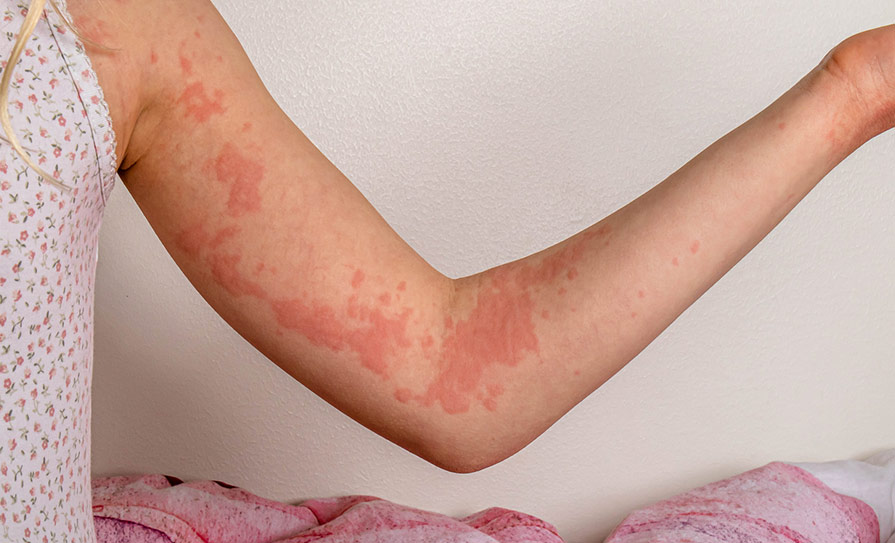
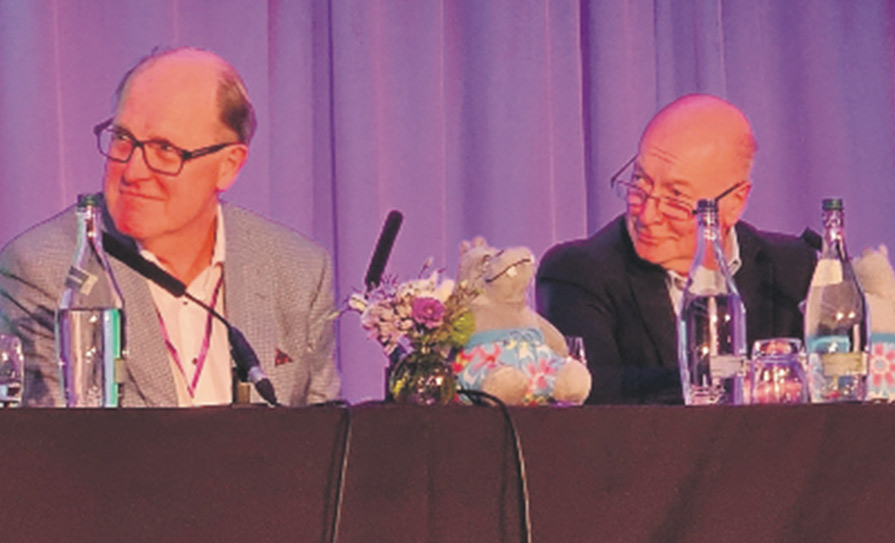
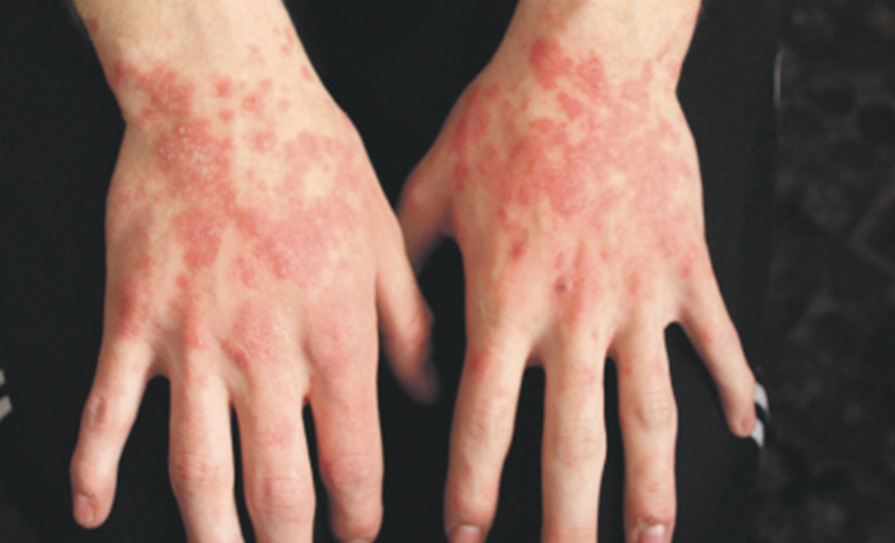
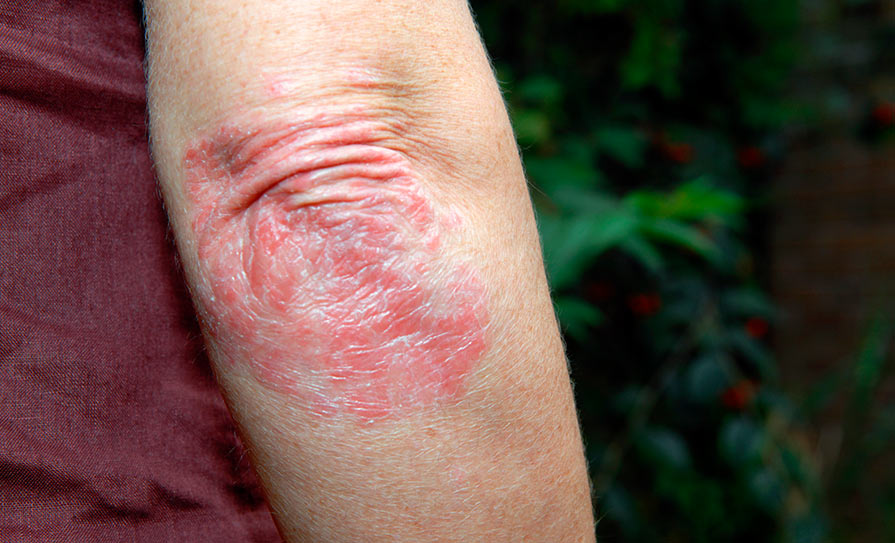
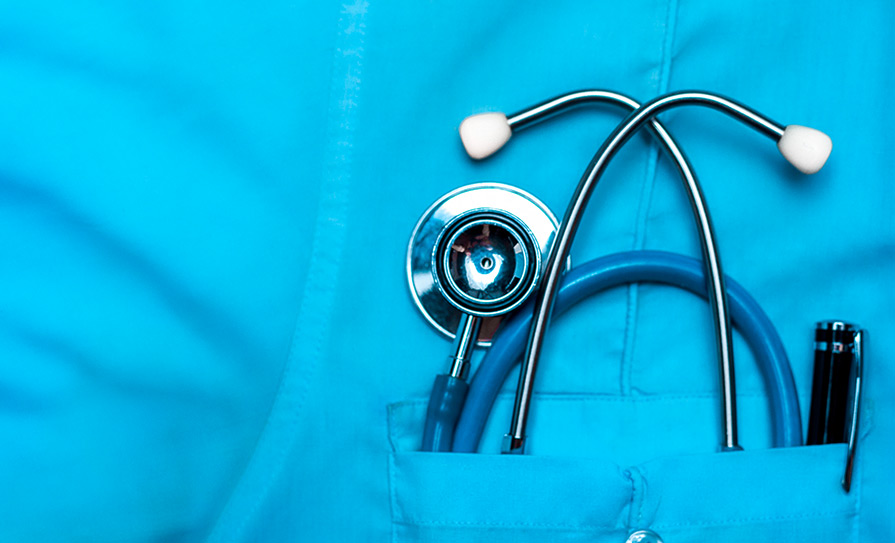

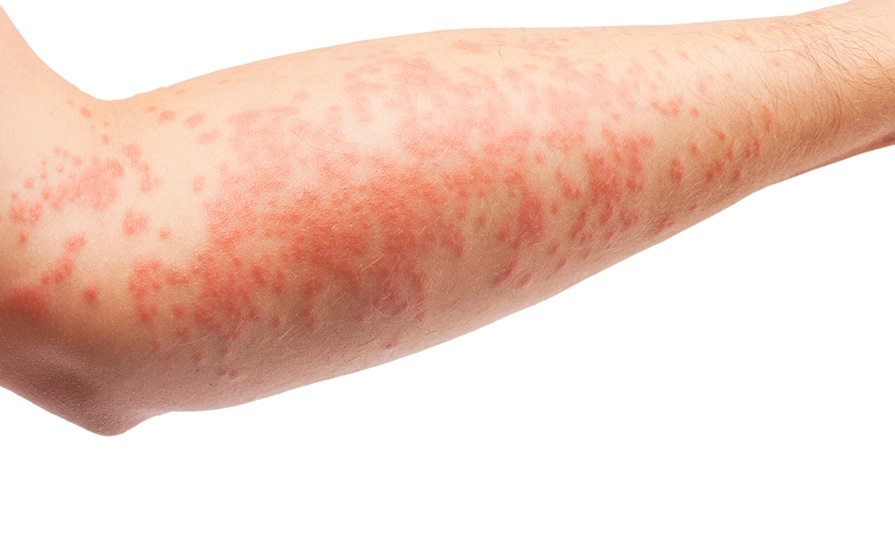
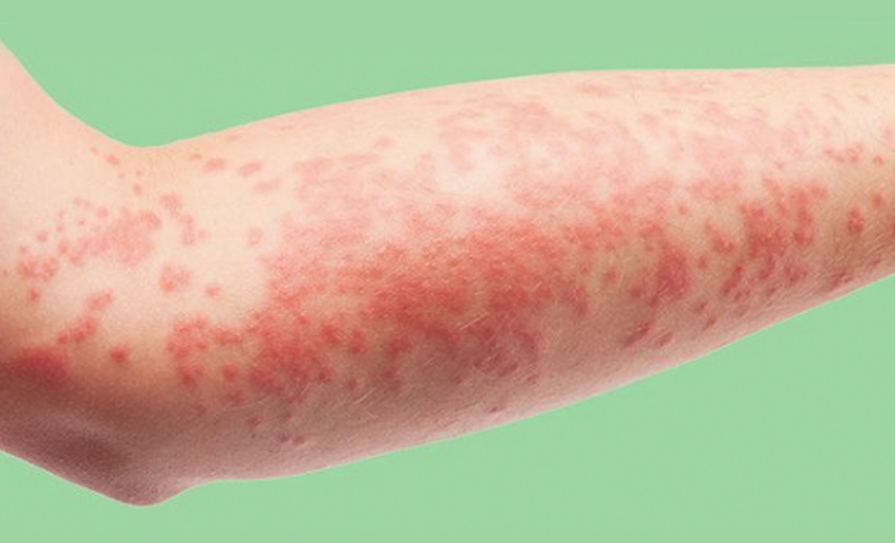




Leave a Reply
You must be logged in to post a comment.